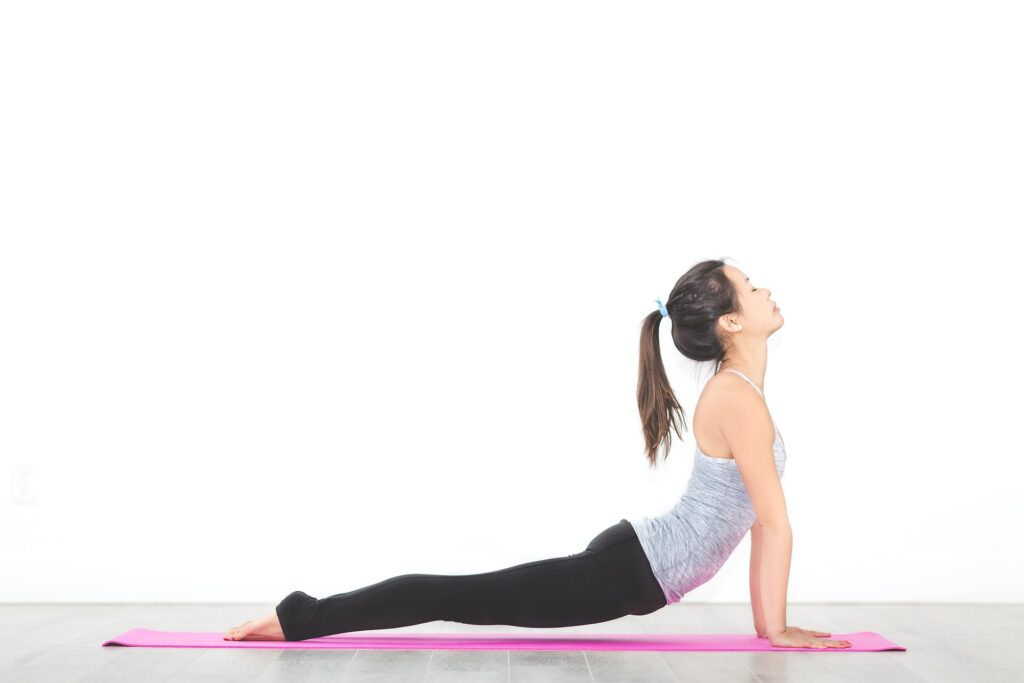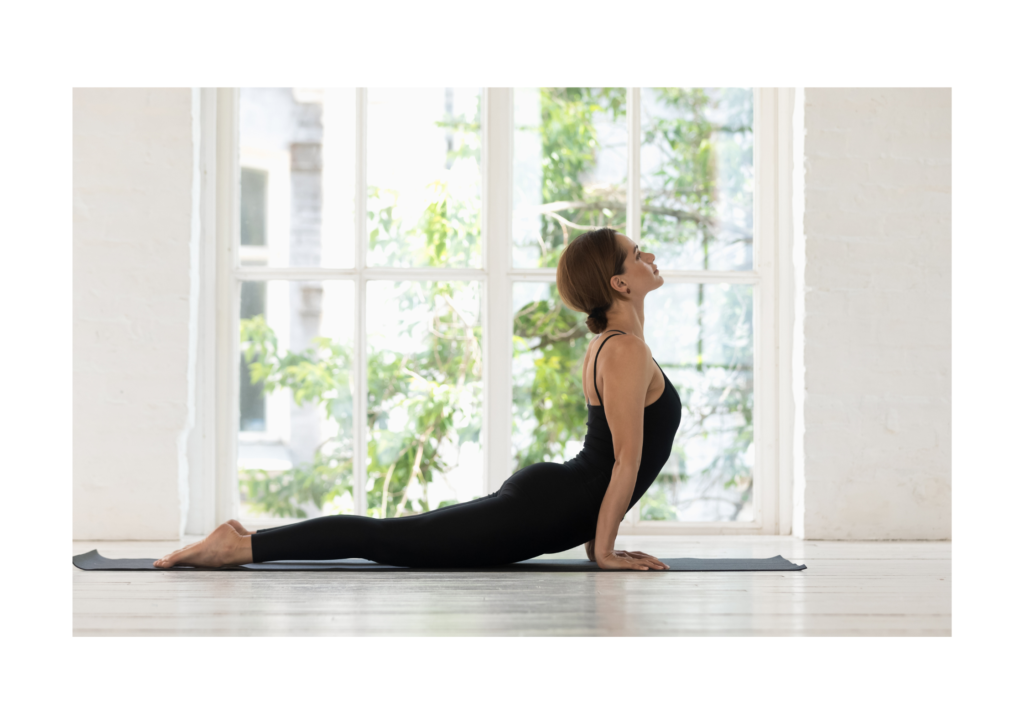The Benefits of Yoga for Spondylosis Patients
Spondylosis is a degenerative spine disorder which is a common side effect of ageing. Because of this condition, the bones and ligaments in the spine wear out. An additional contributor is leading a sedentary lifestyle, which results in repetitive strain on the back and neck muscles from sitting in one position for long periods of time.
Symptoms of spondylosis

- Numbness or muscle weakness in the feet and hands.
- A popping sensation in the spine.
- Problems with movement and pain in the muscles.
- Headaches.
- Inability to walk.
- Inability to control urination and defecation.
Overview of the benefits of yoga for spondylosis patients
Yoga emphasises deep breathing which has health advantages of its own. Yoga offers great flexibility and gentle stretching, but breathing techniques can be incredibly helpful for people. Movement and stretching techniques practised in yoga can help in relieving symptoms of spondylosis. Naturally, people need to learn to tune into their bodies and practise mindfulness.
The following are the yoga poses and benefits for spondylosis patients
Cobra Pose (Bhujangasana)

Raise your head like a cobra and stretch your spine, shoulders, and arms. Spondylosis sufferers can benefit from this yoga pose because it strengthens the spine and alleviates stiffness.
Makarasana (Crocodile pose)

Makarasana, also known as crocodile pose, involves striking a similar pose to a crocodile when it is at rest in the water with its face and neck above the water level.
Pressure and compression on the spinal nerves are both reduced in this pose. It helps the spine revert to its normal shape. Because of this, it is very effective at relieving pain in neck and back. Also this yoga pose reduces shoulder pain.
Balasana (Child pose)

This resting asana, which coincides fetal position, relieves strain on the lower back.
This yoga pose aids in the management of spondylosis by reducing tension in the back and neck.
Marjariasana (Cat pose)

It is also called the cat stretch. This yoga pose energizes the spinal nerve and can effectively deal with spondylosis.
Setu Bandhasana (Bridge pose)

This yoga pose aids in improving the flow of blood to your head, which gives relief from headaches.
This yoga pose also stretches the neck which relieves the symptoms of cervical spondylosis.
Importance of yoga modifications for different levels of ability
During our practice, we can experiment with poses that feel good to our bodies with the help of yoga modifications.
You shouldn’t use a pose if it hurts. Before beginning yoga, it is crucial to pay close attention to your body. If you feel a stretch, that’s good; if you feel pain, the pose might not be for you. Pose modifications can be made by a yoga instructor based on the individual’s goals.
We forget that human beings have a natural tendency to store stress in their bodies by tensing muscles. Tightness in the jaw, brow, upper back, and hips are common places to feel this tension. At the outset of your yoga practice, it is important to assess your physical condition to see if there are any areas where it would be wise to modify the poses. It could be useful, alternatively, to make it a habit to alternate between the two yoga poses on a regular basis, to get a sense of how each feels.
Strength is boosted and muscular imbalances are worked out.
Downward-facing dog

This traditional bend provides revitalization and restfulness. Doing this yoga pose regularly can help ease sciatica and back pain.
Strength is boosted and muscular imbalances are worked out.
Extended triangle

Pain in the back, neck and sciatic nerve may be reduced by adopting this traditional standing yoga pose.
This yoga pose strengthens your upper body, lower body, and core, and stretches your back, hips, and groyne. Stress levels and anxiety may also be reduced.
Half lord of the fishes

The twisting motion of this yoga pose stimulates the spinal column and reduces back pain.
This exercise is excellent for stretching your hips, shoulders, and neck. Reduce fatigue and stimulate your internal organs with this pose.
Consulting a healthcare provider before beginning a new yoga practice
We usually see in many online fitness articles that you should consult your doctor before starting an exercise routine. This is proven to be the safest course of action. After all, your primary care physician is the one who is most familiar with your health status and who has access to your records and diagnostic tests. He or she can give you an honest assessment of whether or not you’re physically prepared for more strenuous exercise.
Conclusion
As an alternative treatment for spondylosis, yoga may be exactly what the doctor prefers. As a form of mind-body medicine, yoga is frequently prescribed for back pain, spondylosis and the accompanying stress. You can calm your mind and build muscle with the right poses. A daily practice of even a few minutes of yoga can improve your self-awareness and well-being. You will be more familiar with the areas of tension and imbalance in your body.
This insight can be used to realign your body and mind. Consult Umakant Pandurang Dolas, a renowned spondylosis consultant at Spandan Spondylosis Care Centre for more information.
